#canongate
Explore tagged Tumblr posts
Text

Tolbooth, Canongate, Edinburgh
#photographers on tumblr#original photographers#luxlit#imiging#black and white#edinburgh#black and white photography#original photography#Tolbooth#Canongate
85 notes
·
View notes
Text

Canongate Kirkyard, Edinburgh
#canongate#kirk#kirkyard#churchyard#edinburgh#scotland#tomb#cemetery#original photography#photography#taphophile#taphophilia#lensblr#photographers on tumblr#tombs
39 notes
·
View notes
Text
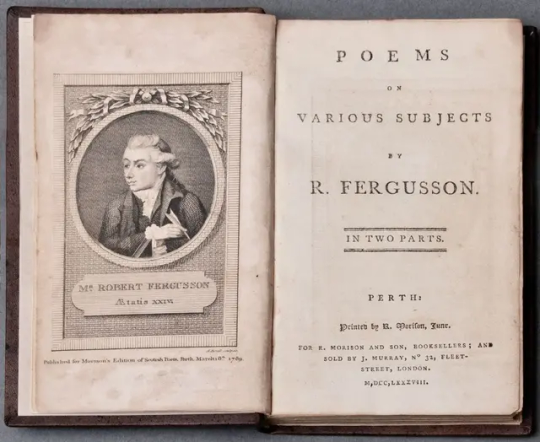



On September 5th 1750, the poet Robert Fergusson was born in the Canongate in Edinburgh.
Most of you will not have heard of Robert Fergusson, he suffered from ill health, physical and mental, during his short life, he passed away in barbarous conditions in Edinburgh's notorious Bedlam.
Doctor Andrew Duncan, the name might be familiar to those from Edinburgh, on finding Fergusson before being admitted to the "hospital" described him as being in a "state of furious insanity" he saw no choice but to have Fergusson taken to the city's Bedlam madhouse.Conditions at the Bedlam, which was attached to the Edinburgh Charity Workhouse behind modern-day Teviot Place, were notoriously awful. Patients were treated as inmates, locked in cold stone-flagged cells, with only straw for bedding.
Fergusson may have only lived for 24 years, the last of which was traumatic, but those short years not only inspired Scotland’s best-known bard Robert Burns and the writer Robert Louis Stevenson, it also paved the way for better treatment of people with mental health conditions thanks to the aforementioned Dr Duncan.
Robert Fergusson was born of Aberdeenshire parents in Cap-and-Feather Close, in Edinburgh’s Old Town, on 5 September, 1750. The street has since disappeared, having been demolished during Fergusson’s lifetime to make way for the North Bridge, many of you will have walked over where Cap-and-Feather Close, it is said to have been where the junction at the Tron Church is, the road that now takes you over North Bridge towards Princes Street.
After primary education in Edinburgh, Fergusson entered the city’s High School in 1758, attaining a bursary to attend the Grammar School in Dundee in 1762. Two years later, he enrolled in St. Andrews University. As a student, Fergusson became infamous for his pranks, having once come close to expulsion. Despite this riotous reputation, the poet’s education stayed with him, he moved back to Edinburgh to support his mother, after the death of his father.
He got a job as a copyist for the Commissary Office main concern was, of course, poetry, and on 7 February, 1771 he anonymously published the first of a trio of pastorals in Ruddiman’s Weekly Magazine. Originally he wrote in English but by 1772 he had started to use the Scottish dialect in the standard Habbie verse form - a form which would later be copied and made famous by Robert Burns, indeed this style is now called the Burns stanza, perhaps it should be The Fergusson Stanza?
Fergusson’s own muse was Allan Ramsay and, like the be-turbaned Ramsey, followed a bit of a bohemian lifestyle in Edinburgh, which was then at the height of an intellectual and cultural tumult as the nerve centre of the Scottish Enlightenment. He wrote a total of fifty poems in Scottish English and thirty-three in the Scots language, but it is for his remarkable exploits in the latter genre that he should be acknowledged and acclaimed. His poetic subject matter paints vivid accounts of the life and characters of ‘Auld Reekie’ and drunken encounters with the notorious Edinburgh City Guard of Captain Porteous, the ‘Black Banditti’ of ‘The Daft Days’.
Fergusson began to suffer from depression in 1773, biographers have described his condition as ‘religious melancholia’, but regardless of whether or not that was the case, he gave up his job, stopped writing, withdrew completely from his riotous social life, and spent his time reading the Bible. He had heard about an Irish poet, John Cunningham, who had died in an asylum in Newcastle. That inspired 'Poem to the Memory of John Cunningham', and Fergusson became terribly afraid that the same thing was going to happen to him. Tragically, his dark prediction came true. In August, 1774, Fergusson fell down a flight of stairs and received a bad head injury, after which he was deemed ‘insensible’. His friend, the good doctor Andrew Duncan, had no choice but to admit him to Darien House "hospital", Bedlam, where after a matter of weeks, he suddenly died. He had only just turned 24.
I return to the fact that Burns was a fan and after Fergusson’s death Burns wrote of him, “my elder brother in misfortune, by far my elder brother in the muse.”
Fergusson was buried in an unmarked plot in The Canongate Kirkyard. On visiting Edinburgh in 1787, Burns paid for a headstone over his long-neglected grave, commemorating Fergusson as ‘Scotia’s Poet. I have taken many friends to visit Fergusson's last resting place over the years, mainly down to my late mother's love of Burns, but also because I love showing people around my home town.
The picture shows the statue of Robert Fergusson outside the Canongate Church, if passing go pay your respects to the man, who inspired Rabbie Burns, who, under different circumstances might have been lauded as our National Bard, if you like a wee whisky perhaps raise a glass tonight on what might have been "Fergusson's Night"
This few lines are from The Daft Days, by Fergusson, you will get the drift of Edinburgh being a comforting, hospitable place where they aren't afraid of a drink, which is a s true today as it was in 1772 when they were written.
Auld Reikie! thou’rt the canty hole,
A bield for many caldrife soul,
Wha snugly at thine ingle loll,
Baith warm and couth,
While round they gar the bicker roll
To weet their mouth.
13 notes
·
View notes
Text
Rick Rubin (with Neil Strauss) — The Creative Act: A Way of Being (Canongate)
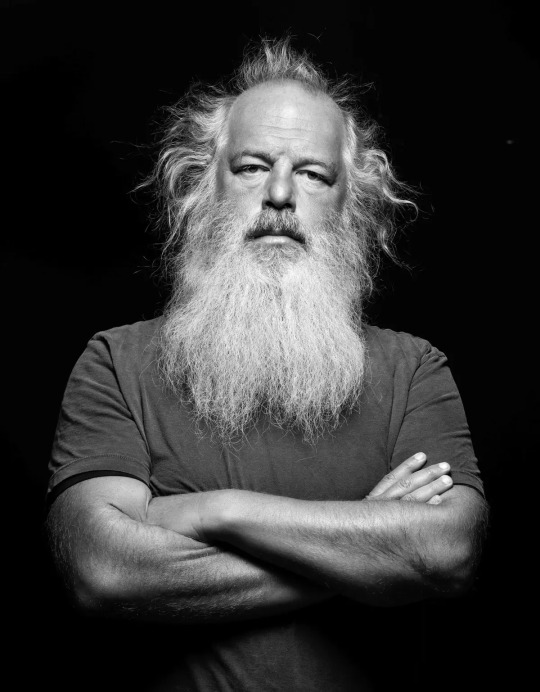
Mega-producer and record label magnate Rick Rubin brings us his first book (co-written with Neil Strauss), The Creative Act: A Way of Being. At 404 pages, the book is a surprisingly breezy read, giving some insight into how Rubin approaches the art of being creative. Which for him boils down to a way of being. Those looking for juicy anecdotes about recording sessions with Johnny Cash, LL Cool J, Slayer, The Red Hot Chili Peppers or any of the other innumerable artists Rubin has worked with will be disappointed. But for those curious about the modus operandi behind one of the most influential record producers of the last 50 years, and how this might relate to one's own life, The Creative Act: A Way of Being could prove useful.
Admittedly, I was at first skeptical when the book caught my eye in a bookstore window. I was like, That Rick Rubin, the producer? Well, why shouldn't an immensely successful record producer know something about creativity? It was more the framing of this knowledge as a way of being that caused a brief spate of disbelief on my part. Growing up in Los Angeles (The Land of Fruits and Nuts, as my hard-scrabble relatives in South Boston referred to California in general) I was used to seeing books from dime-store gurus. Edgar Cayce, Ram Dass and Timothy Leary paperbacks lined my mother's bookshelves. I had girlfriends who went to Golden Dawn temples, friends who dragged me along to channeling sessions for some deity from Venus. It was hard for me to take any of this very seriously.
Maybe it was the extreme disconnect between Rubin's commercial background and his espoused role as a seer that pushed me over the edge and caused me to buy the book. The opening quote from American artist Robert Henri sets the tone for what follows: The object isn't to make art, it's to be in that wonderful state which makes art inevitable. The book therefore provides less a toolbox for working on one's life than a series of vignettes where Rubin extrapolates on various contingencies related to achieving a state of mind and spirit where creativity is possible. Some of these topics include, Listening, Self-Doubt, Non-Competition, Freedom, Inspiration and Awareness. Basically anything which Rubin feels has pertained to his creative process is included in this book.
Ironically, what came more to mind while reading this was not Rick Rubin's background but the German artist Joseph Beuys' famous dictum, Everyone is an artist (Jeder Mensch ist ein Künstler). Unlike Rubin, Beuys did not frame his belief as much in the context of a spiritual journey, but like Rubin he did see himself as a kind of shaman or teacher who could lead society onward to a new — and more positive — direction by unleashing the creative possibilities each person innately possessed but perhaps did not know they had. For Beuys, this would later morph into a concept of social sculpture, where the creative state in each person would further society as a productive, forward-thinking organism.
This would also be the gist of Rubin's book. He's not trying to tell us how to make a better record, write a more catchy song, more successfully promote an artist's career (although all these things are mentioned tangentially throughout the book) but to help people realize their own unique creative strengths in the hopes of steering society in a less self-destructive direction. Though the main text and sprinkling of aphorisms scattered liberally throughout the book often verged for me on a kind of treacly sweetness, in the end I came away feeling that Rubin had really made a sincere attempt to show people the way to something they might not have realized they'd had all along.
The most inspiring take-away from the book would be this sense that even in a person's everyday life there is this great wellspring of energy to approach the most mundane tasks from a creative standpoint. That being creative doesn't necessarily mean creating something, making some beautiful object. It's about a state of mind where creativity equates with a way of existence, of approaching life with an awareness that will put one in a place where they can reconnect to a life energy which, at the very least, will lead one to experiencing a more personally fulfilling existence.
All this being said, the book also includes many concrete examples of how to circumvent creative dilemmas and meltdowns, whether this be in the recording studio or just trying to make it through a workday. Though Rubin seldom mentions people he's collaborated with by name in the book, he gives numerous examples of how he works in the studio — not necessarily microphone placement or which effects he used, but more how he guided various recording artists on an inspirational or spiritual level to realize their full creative potential. And in this context the book moves beyond its often sentimental, esoteric trappings to provide some real-world advice for people, whatever their vocation in life, to find a new way of being.
Jason Kahn
#rick rubin#neal strauss#the creative act: a way of being#canongate#jason kahn#bookreview#dusted magazine#creativity
4 notes
·
View notes
Text
In search of a shadow: Indian Nocturne by Antonio Tabucchi
When the murky waters that obscure any tangible connection between an author and his or her “unnamed protagonist” are intentionally stirred in the opening lines of a text, it is a not-so-subtle cue that that things may not be what they seem. Add an ostensibly exotic foreign location into the mix and there is plenty of space for the edges to become blurrier. Indian Nocturne, by Italian writer…
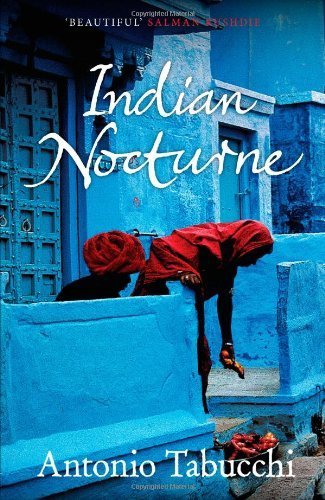
View On WordPress
#Antonio Tabucchi#book review#books#Canongate#Indian Nocturne#Italian#literature#New Directions#Tim Parks#translation
2 notes
·
View notes
Text

Brown's Close, EH8
#Brown's Close#Canongate#Edinburgh#Scotland#United Kingdom#Street Photography#Photographers on Tumblr#2023
7 notes
·
View notes
Text

The Penelopiad by Margaret Atwood, Canongate, 2005. The cover illustration is "Portrait of Ira P.", by Tamara de Lempicka, 1931. Cover design by W. H. Chong.
#margaret atwood#tamara de lempicka#the penelopiad#mythology#book photos#book design#w. h. chong#canongate#pretty books
0 notes
Text
Miranda July || All Fours
I was intrigued by July’s concept of All Fours: a woman starts a drive from Los Angeles to New York, after a very short drive she decides to stay in a motel instead of continuing her journey. At first I was kind of disappointed that the main attraction of Monrovia turned out to be an attractive, young man. Would that be what all the fuzz was about? Fortunately not, the young man turns out to be…

View On WordPress
#reading is fun#all fours#American literature#Canongate#conventions#Female Perspective#Great Novel#Great reading#literature#marriage#Menopause#Miranda July#Penguin Random House#Perimenopause#unconventional
0 notes
Text
2024 Poetry & Novels-in-Verse
It’s wonderful to see so many poets whose work I love have releases this year. And I’m very hopeful that other collections and novels on this list become artists I love too. Ædnan: An Epic by Linnea Axelsson, trans. Saskia Vogel | 25 / 01 / 24 – Pushkin Press In Northern Sámi, the word Ædnan means the land, the ground, the earth. In this majestic verse novel, Linnea Axelsson chronicles the…
View On WordPress
#2024#Books#Canongate#Ecco#Faber & Faber#Graywolf Press#HarperTeen#Invisible Publishing#Knopf#Litmus Press#McLelland & Stewart#Novels-in-Verse#Picador#Poetry#Polygon#Pushkin Press#releases#Seagull Books#Short Books#Titan Books#Translation#Yale University Press
0 notes
Text
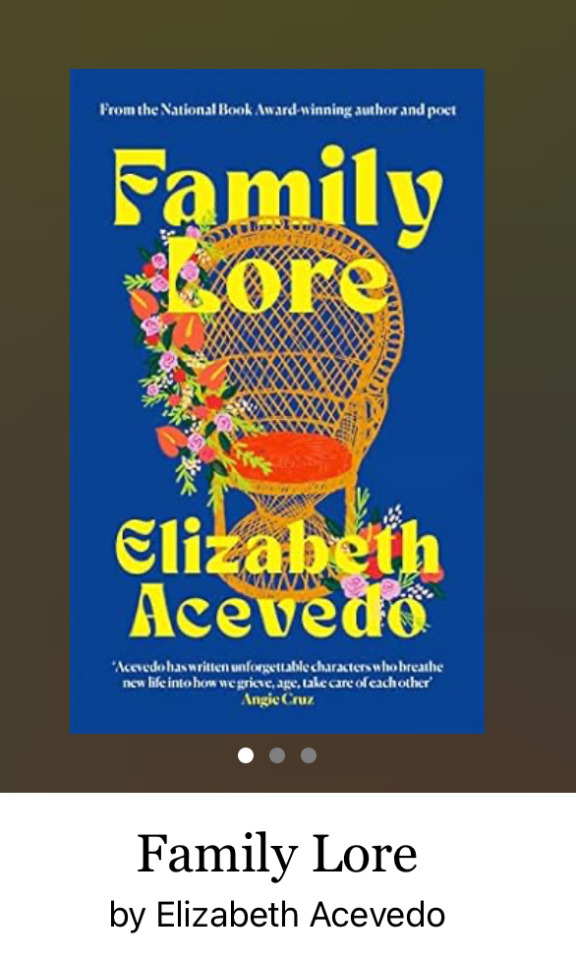
Family Lore by Elizabeth Acevedo
Bottom line, I liked this. A hard one to categorise or sum up, at least for me, but it is basically the story of two generations of women from the Dominican Republic living in New York. We do see an earlier generation and some men, but we don’t hear their voices.
I found it a little difficult to get into, and sometimes couldn’t tell whose voice I was hearing, but once I persevered, I couldn’t put it down and didn’t want it to finish.
I understand this is Acevedo’s first book for adults and I hope she writes some more. She is a writer I will be interested to see her writing develop.
Recommended.
Courtesy of Canongate and Netgalley.
#books#netgalley#review#new york#canongate#dominican republic#family#women#elizabeth acevedo#family lore
0 notes
Text
Voices of the Dead by Ambrose Parry
Today I am absolutely delighted to share my thoughts on the brand new Raven and Fisher mystery from Ambrose Parry, Voices of the Dead @ambroseparry @canongtebooks @RandomTTours #books #booktwitter #booktwt #voicesofthedead #willraven
Today I am delighted to share my thoughts on the latest Raven and Fisher mystery from Ambrose Parry, Voices of the Dead. I love this series and it’s brilliant being back in the company of Will and Sarah. My thanks to Anne Cater for including me on the tour and to publisher Canongate for the advance copy for review. Here’s what it’s all about: Source: NetgalleyRelease Date: 15 June 2023Publisher:…

View On WordPress
0 notes
Text
To Die In June by Alan Parks
New Review: To Die In June by Alan Parks #review #crime @CanongateBooks
Please note, To Die in June is book six in an ongoing series. It’s possible this review may contain minor spoilers for those of you who haven’t read books one to five. Consider yourselves duly warned. A woman enters a Glasgow police station to report her son missing, but no record can be found of the boy. When Detective Harry McCoy, seconded from the cop shop across town, discovers the family is…

View On WordPress
1 note
·
View note
Text






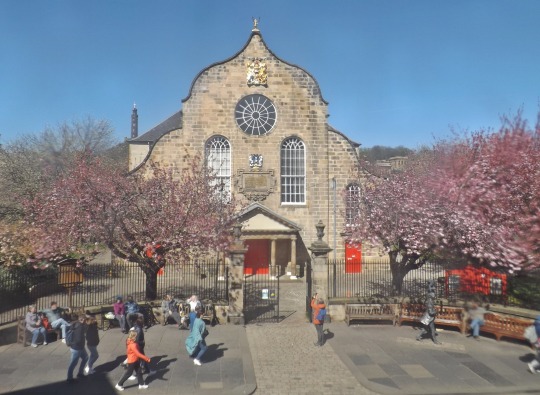
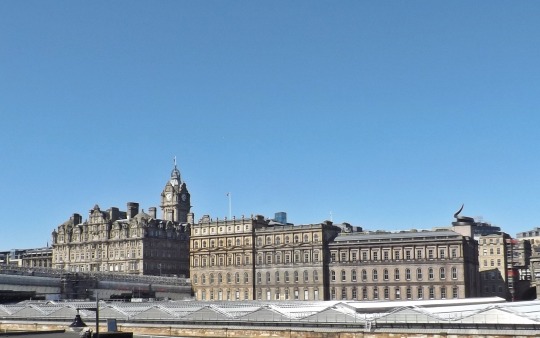

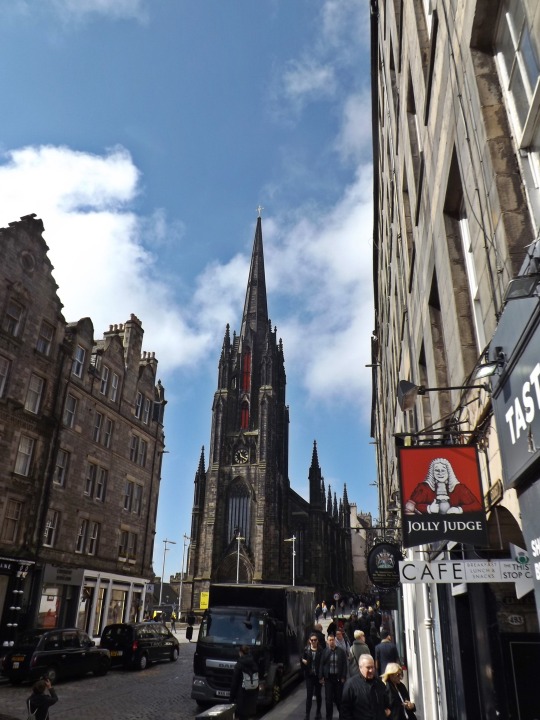


Springtime in Edinburgh
#scotland#scottish#edinburgh#Royal Mile#canongate#PrincesStreet#Saltire#Old GPO Building#Balmoral Hotel#St Giles#The Hub#history#My Pics#old town
102 notes
·
View notes
Text
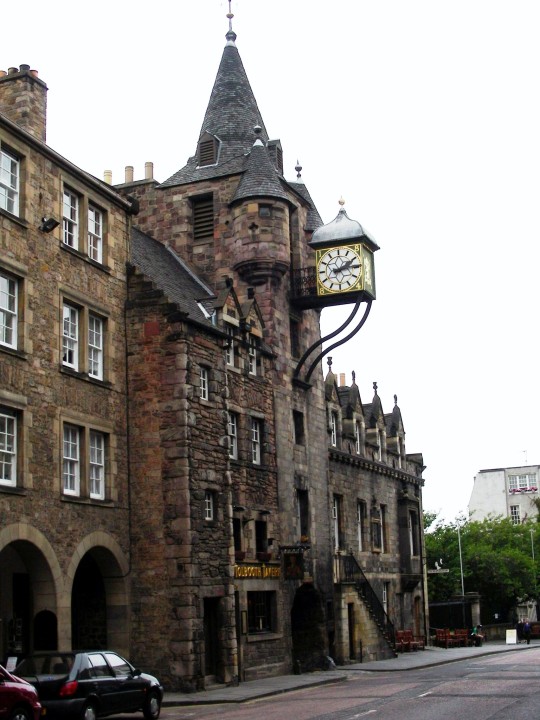


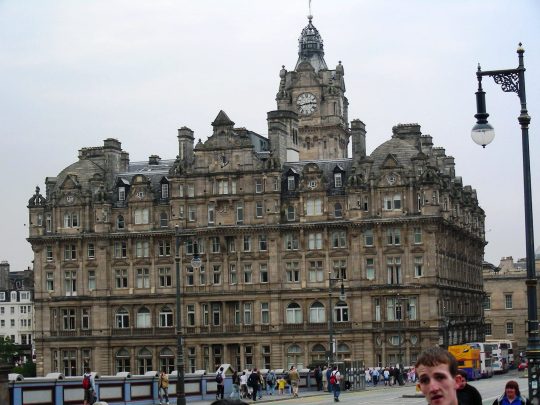
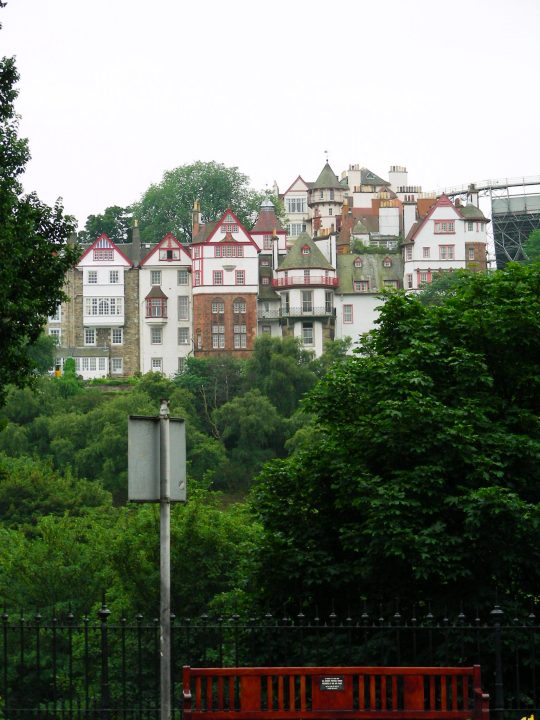






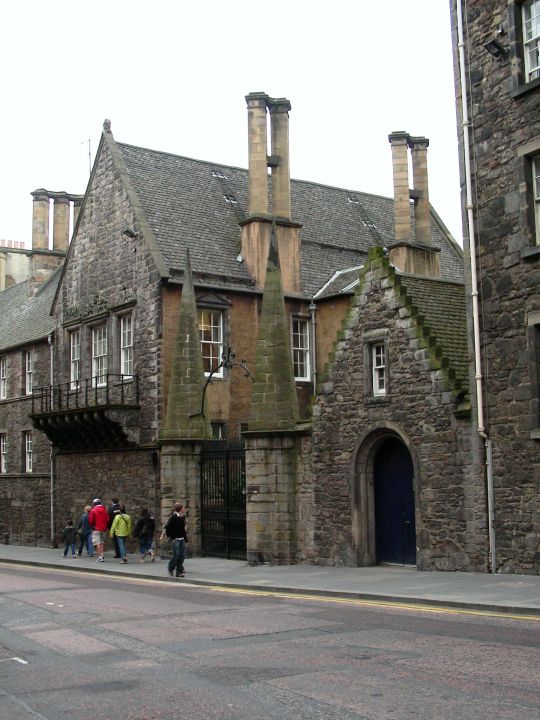
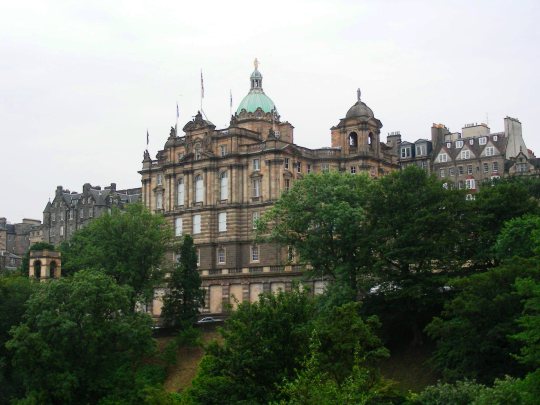
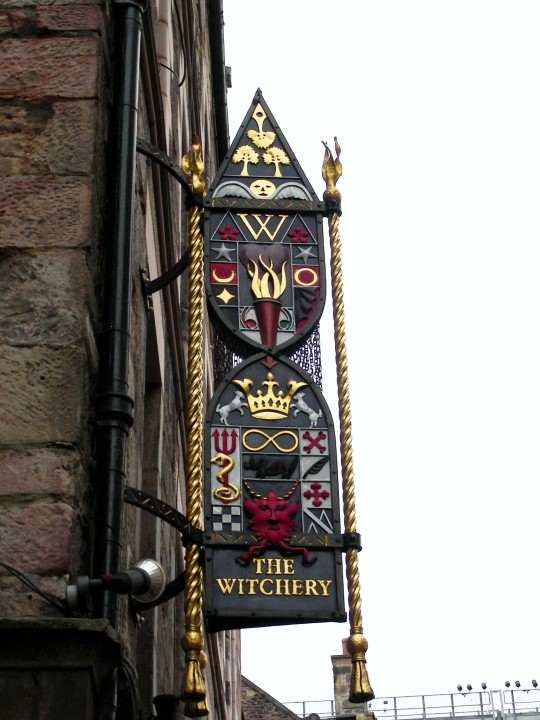
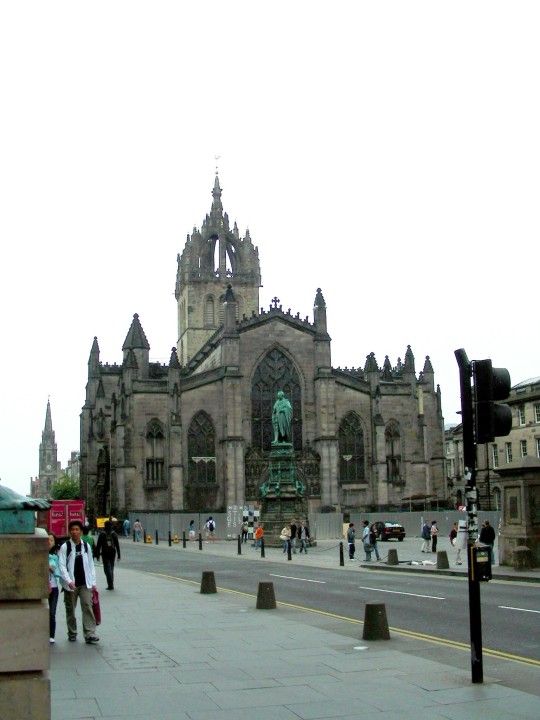



The Burning of Edinburgh by an English army on May 7, 1544 was the first action of the Rough Wooing.
#St. Giles's Cathedrale#Balmoral Hotel#Burning of Edinburgh#Rough Wooing#7 May 1544#480th anniversary#Scottish history#Scotland#summer 2006#travel#architecture#cityscape#tourist attraction#Old Moray House#High Street#Ramsay Garden#Edinburgh Castle#Canongate Tolbooth#Moubray House#John Knox' House#Europe#landmark#street scene#vacation#Royal MIle#original photography
49 notes
·
View notes
Text
Pride Month reading 2023—None of the Above: Reflections on Life Beyond the Binary by Travis Alabanza
I have long been ambivalent about Pride, but the rising waves of anti-LGBTQ, and especially anti-trans, sentiment seen over the past few years has made me very concerned. As a transgender individual who is white and fits visibly into the accepted gender binary, I have been able to stand in the shadows for a long time. For more than two decades. In fact, when I was a single parent supporting two…

View On WordPress
#book review#Canongate#LGBTQ#literature#memoir#musings#non-binary#None of the Above#transgender#Travis Alabanza
1 note
·
View note
Photo
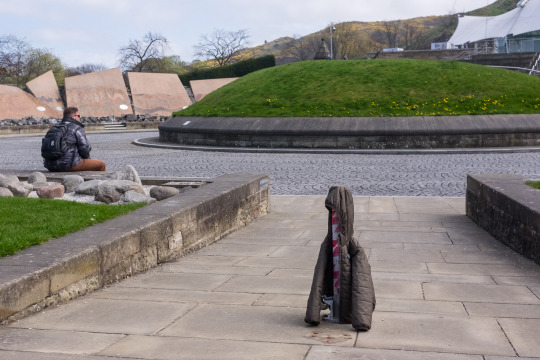
Holyrood Road, EH9
#Holyrood Road#Canongate#Edinburgh#Scotland#United Kingdom#Street Photography#Photographers on Tumblr#2022
12 notes
·
View notes